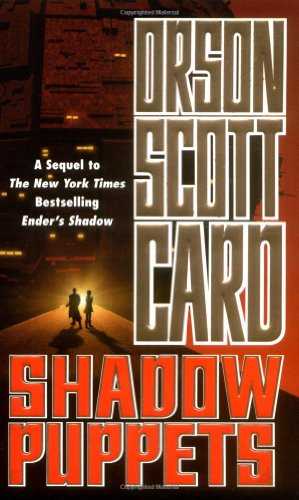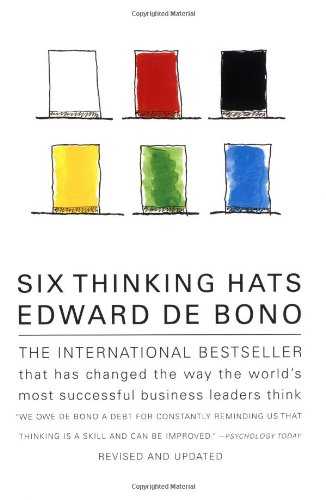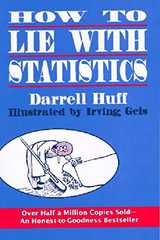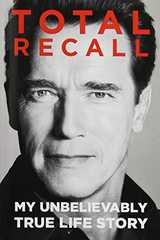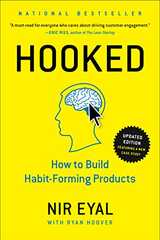
The Signal and the Noise: Why So Many Predictions Fail - But Some Don't
byNate Silver
Approachable and insightful book on statistics and predictions. Silver explains how we are wired to make predictions and the reasons why they are often wrong. As pattern-seeking animals we build patterns, often where none exists mixing up correlation with causation. Predictions work best when they 1. Express a range of probabilities and assign probabilities for each, 2. When they use a lot of information, both statistical and analytical, and 3. When they are continually revised to account for new information. They were a number of chapters I enjoyed like the segments on the weather, elections and poker, but I had trouble getting through the ones on baseball even though I really enjoy baseball, and the one on the statistics on terrorism which is a very complex area. Data is becoming even more important as more of it becomes available, this book was a great tour through it's many applications in statistical analysis.
Motivations to Read
I am very interesting in data science and data visualization. Nate has been a visible person in the field and growing up a baseball fan, his insights into the statistics behind baseball was eye opening. I loved the political reports he's done on NYTimes and now his site FiveThirtyEight. I wanted to get a better understanding of the narrative behind Data Science and so I had this book on my list for a while as a good place to explore the field more.
3 Reasons to Read
- Humans are wired to make predictions, but it's a skill that can be improved, this book can help
- Insight into prediction thinking behind areas like: baseball, chess, poker, the stock market, politics, weather, and terrorist attacks
- Examine the many ways predictions can go wrong, look into ways you can make predictions go right
Notable Quotes
Distinguishing the signal from the noise requires both scientific knowledge and self-knowledge: the serenity to accept the things we cannot predict, the courage to predict the things we can, and the wisdom to know the difference. - Nate Silver The signal is the truth. The noise is what distracts us from the truth. - Nate Silver One of the pervasive risks that we face in the information age, as I wrote in the introduction, is that even if the amount of knowledge in the world is increasing, the gap between what we know and what we think we know may be widening. - Nate Silver
